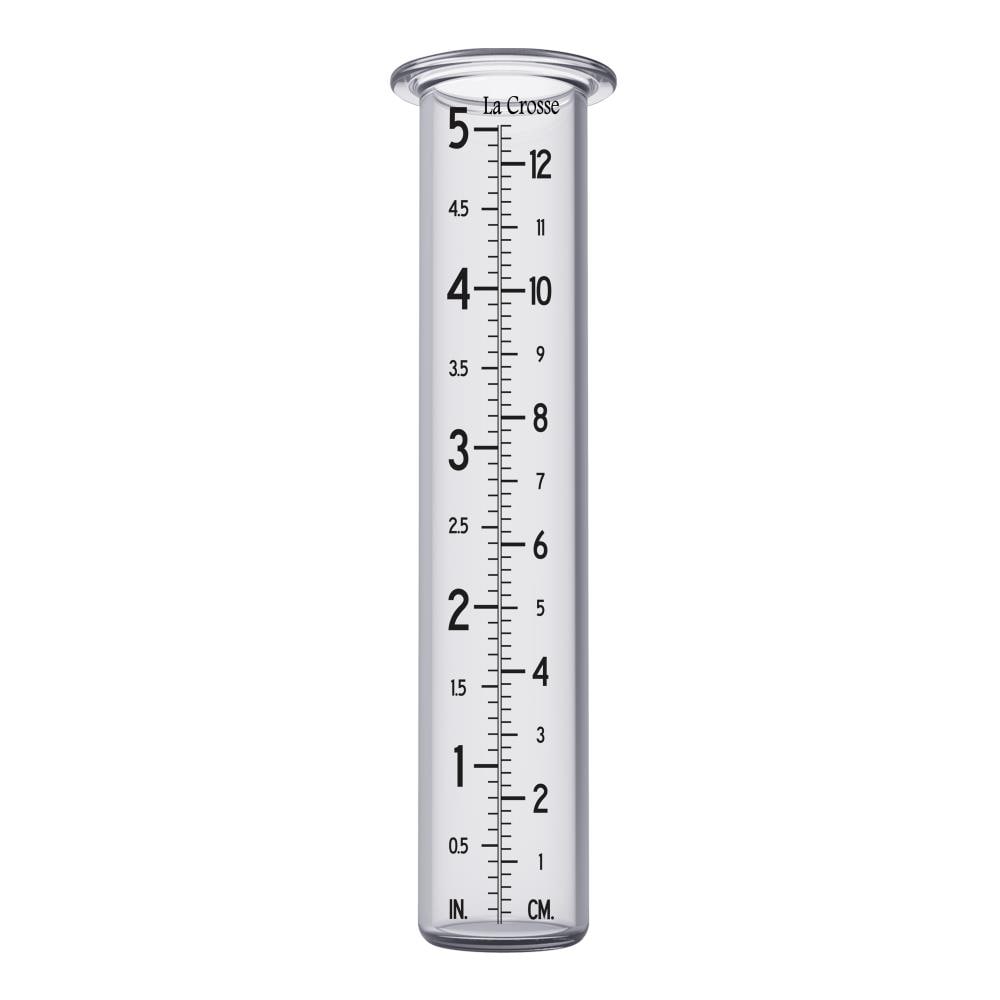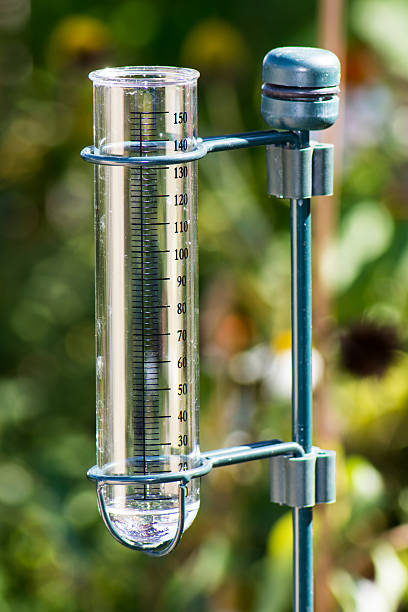Your Go-To Resource on The Rain Gauge: Benefits and Practical Applications
Your Go-To Resource on The Rain Gauge: Benefits and Practical Applications
Blog Article
How to Choose the Right Rain Gauge for Accurate Rain Information
Exact rains information is critical for various markets and tasks, such as water, agriculture, and weather forecasting source management. To obtain dependable dimensions, it is necessary to pick the ideal rainfall gauge. This guide aims to provide valuable insights right into the choice process, allowing you to make informed choices. Taking into consideration variables such as place, kind, and precision of the rain gauge will help make certain specific information collection. Furthermore, understanding the maintenance and calibration treatments will certainly contribute to the longevity and dependability of your rainfall gauge. By following these standards, you can guarantee accurate rainfall information, making it possible for much better decision-making and preparation for different applications.
Importance of Selecting the Right Rainfall Scale
The significance of picking the ideal rainfall gauge exists in obtaining exact and dependable rainfall data for exact meteorological analysis. Rain information is crucial for a large range of applications, including climate projecting, hydrological modeling, and environment research. Unreliable or inaccurate information can lead to incorrect final thoughts and flawed decision-making procedures.

Secondly, the precision and precision of the rainfall gauge are paramount. The gauge should be able to gauge rainfall with high accuracy, capturing even small amounts of rainfall properly.
Furthermore, the place and installation of the rainfall gauge are vital considerations. It ought to be positioned in an open location, away from obstructions that might affect rainfall dimensions. The scale ought to be placed at an appropriate elevation and angle to avoid splashing and guarantee correct catchment of rainwater.
Variables to Think About When Picking a Rain Scale
When picking a rainfall gauge, there are a number of vital variables to take into consideration. There are different types offered, consisting of standard rainfall evaluates, tipping bucket rainfall determines, and considering rain assesses.
Another variable to take into consideration is the material of the rain gauge. Rainfall determines can be constructed from various materials, such as glass, plastic, or metal. The material picked should be resistant and long lasting to weather, ensuring that the rain gauge will endure the aspects and give exact dimensions with time.
Precision is also an essential aspect to take into consideration. Try to find rainfall gauges that have actually been adjusted and checked for precision. Features such as anti-splash rings and funnels can also enhance the precision of the dimensions.

Last but not least, consider the environment and environment in which the rainfall scale will be used. Different rainfall evaluates appropriate for various environments, so it is crucial to select one that is ideal for the conditions in your location.
Different Sorts Of Rainfall Gauges Available
To better explore the aspects to consider when picking a rain gauge, it is vital to comprehend the various types of rainfall assesses offered. The most usual type is the common rain gauge, also recognized as the round rain gauge.
Another kind of rainfall scale is the tipping bucket rainfall scale. This scale makes use of a seesaw-like system to gather and measure rainfall. As the rain comes under the scale, it fills one side of the container, causing it to clear the water and tip. The variety of pointers is counted online to establish the quantity of rainfall. Tipping bucket rainfall determines are prominent for their accuracy and capacity to measure rainfall strength.
A 3rd sort of rainfall gauge is the considering rainfall scale. This scale utilizes an equilibrium system to measure the weight of the collected rains. As the rain drops right into the scale, it is accumulated in a container linked to an equilibrium. The weight of the water is gauged, and the rains quantity is computed based upon the weight. Considering rain assesses are highly exact but can be extra expensive and call for regular upkeep.
Ultimately, there are also remote rain determines that use progressed technology to determine rains (The Rain Gauge). These assesses usage sensors and transmitters to send out information wirelessly to a central system. Remote rain gauges are practical for monitoring rainfall in hard-to-reach locations or for large data collection
How to Identify the Precision of a Rainfall Gauge
One way to examine the precision of a rain gauge is by performing normal calibration measurements. Calibration involves comparing the analyses of a rainfall gauge to a basic measurement, such as a licensed rainfall scale or a weather condition station with high accuracy. By contrasting the dimensions, any type of discrepancies or mistakes in the rain scale can be identified and made up.
To carry out a calibration measurement, beginning by collecting rains data from both moved here the rainfall gauge and the conventional dimension gadget over a specific amount of time, such as a month. Compare the analyses and calculate the distinction in between them. This difference is recognized as the calibration error.
It is essential to note that calibration dimensions ought to be done routinely, as ecological factors, such as temperature, debris, and wind, can impact the accuracy of the rainfall gauge over time. By carrying out routine calibrations, any type of changes in the precision of the rain scale can be spotted and adjustments can be made appropriately.
Along with calibration, it is additionally suggested to tidy and preserve the rain scale regularly to ensure its precision. Eliminate any debris or blockages that might influence the accuracy of the dimensions, and look for any kind of signs of damages or wear that might call for repairs or substitute.
Tips for Maintaining and Adjusting Your Rain Scale
Routine maintenance and calibration are vital for guaranteeing the precision and dependability of your rain scale in measuring rainfall data (The Rain Gauge). By following a few basic tips, you can make certain that your rainfall gauge is effectively kept and adjusted
Firstly, it is necessary to cleanse your rainfall gauge frequently to prevent any type of debris or dirt from obstructing the rain collection mechanism. Make use of a moderate detergent and a soft brush to carefully clean up the within and outside of the gauge. Rinse it extensively with tidy water and allow it to dry totally prior to re-installing it.
Secondly, it is suggested to adjust your rainfall scale a minimum of yearly. Calibration includes contrasting the dimensions of your rainfall scale with those of a relied on and exact reference gauge. This will help you determine and remedy any kind of possible mistakes in your rainfall scale's dimensions.
To calibrate your rain gauge, collect a known volume of water click here now using a measuring container and compare it with the dimensions recorded by your rain gauge. Adjust the readings accordingly to make sure precision.

Final Thought
To conclude, selecting the best rain scale is critical for obtaining exact rains information. When choosing a rainfall gauge, variables such as budget plan, purpose, and place need to be thought about. There are numerous sorts of rain gauges offered, each with their very own advantages and restrictions. It is necessary to regularly preserve and calibrate your rain scale to guarantee its accuracy. By complying with these standards, exact rainfall data can be gotten for various applications.
There are various kinds available, consisting of typical rain determines, tipping bucket rainfall determines, and considering rainfall gauges.To better check out the aspects to take into consideration when selecting a rain scale, it is vital to understand the various kinds of rainfall assesses available. The most typical kind is the common rain gauge, also understood as the round rainfall scale.Another kind of rainfall gauge is the tipping bucket rain scale. Calibration entails contrasting the readings of a rainfall scale to webpage a common dimension, such as a certified rain gauge or a weather condition terminal with high precision.
Report this page